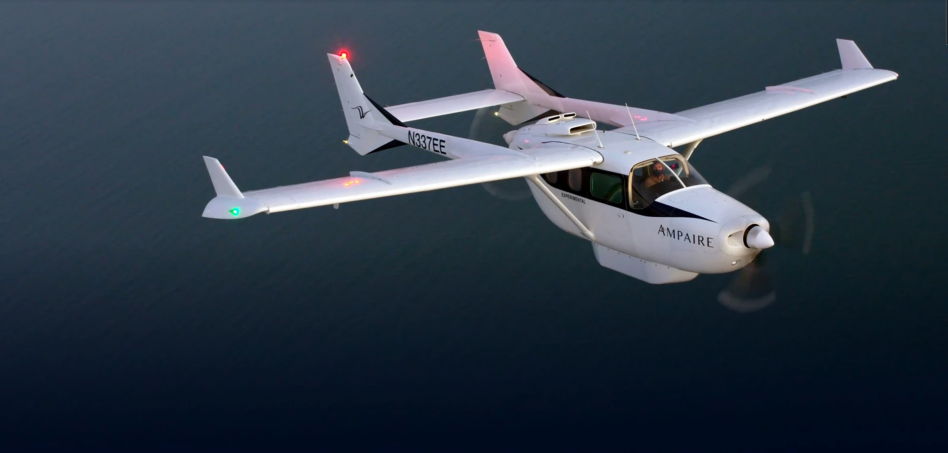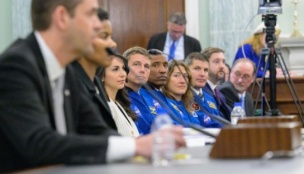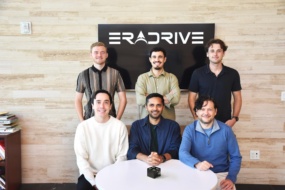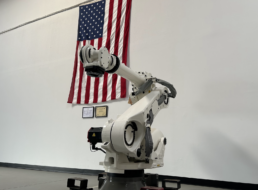This year, NASA’s Small Business Innovation Research Ignite program is looking for something new.
“We want to market to firms that don’t typically do business with NASA,” engineer Quenton Bonds, who leads the SBIR Ignite program, said.
The Ignite program, a two-year-old initiative aimed at helping NASA work with small businesses, is attempting to overhaul problems that have plagued the agency’s broader SBIR initiative for decades.
The lingo: NASA’s SBIR program provides funding and mentorship for small businesses. The SBIR Ignite spin off, which opened solicitations on Tuesday, specifically targets commercially-viable technology that would help the space program, but also have much broader applications beyond NASA.
A makeover
As it stands, the main SBIR is a tough game to win. The program, which looks for proposals on 80+ topics, is inundated with 1,000+ applications every year from companies who hire consultants specifically to write proposals geared toward nabbing a SBIR contract.
“We received feedback that we would keep funding the same companies. We received feedback that the solicitation paperwork was hard to understand. We received feedback that it was hard to talk to anybody from NASA before the solicitation launched,” Bonds said. “So at SBIR Ignite, we said, how can we try to figure out how to meet all of those needs while also staying within the guidelines of our program?”
Something new
The program decided to take a different approach by narrowing its search. First and foremost, the Ignite program is looking for companies that already have commercialization goals. This came after years of funding and tending to companies that crashed and burned after their stint with NASA was over.
“After they developed the technology, the technology didn’t quite go anywhere because they haven’t thought about their commercial market, they only thought about doing business with NASA,” Bonds said.
For space and Earth: The program is looking for use cases in five areas:
- Hybrid/electric powerplants for planes and drones
- Fixing bottlenecks to make it easier to produce space applications in LEO
- Climate change applications to mitigate wildfires and water management
- Removing space trash from orbit
- Technologies to mine Earth and the Moon
As a result, the program is looking for out-of-the-box companies to partner with, such as manufacturing firms, climate change companies, and data science and analytics startups that aren’t typically shelling out consulting fees to draft up a SBIR proposal. Instead, NASA is reaching out to organizations such as the National Society of Black Engineers and conducting ‘Ask Me Anything’ sessions so smaller companies can get on board.
“If we get more small businesses developing technology, that helps everybody,” Bonds said. “It brings in tax dollars. It brings in jobs. It gives us as a nation more technology to choose from, which makes us stronger in multiple areas.”




